The Battle of Waterloo, a pivotal moment in European history, continues to captivate historians and archaeologists alike. In June 1815, the fields of Walloon Brabant, Belgium, witnessed one of the world’s most famous battles, leaving behind a trail of mysteries that have persisted for over two centuries. Now, a groundbreaking archaeological dig aims to unravel one of the most perplexing questions surrounding this historic conflict: What happened to the remains of 20,000 men who fought and died on that fateful day?
Recent discoveries at the site of a former field hospital at Mont-Saint-Jean farm have reignited interest in the battle’s aftermath. The unearthing of executed horses buried alongside human remains, including the second complete human skeleton ever found on the Belgian battlefield, has set the stage for a more extensive investigation. With the support of the veteran charity Waterloo Uncovered, a team of experts and volunteers will embark on a targeted excavation this September, hoping to shed light on the fate of thousands of fallen soldiers and the practices that followed in the wake of this monumental clash.
The Battle of Waterloo: A Brief Overview and Its Historical Significance
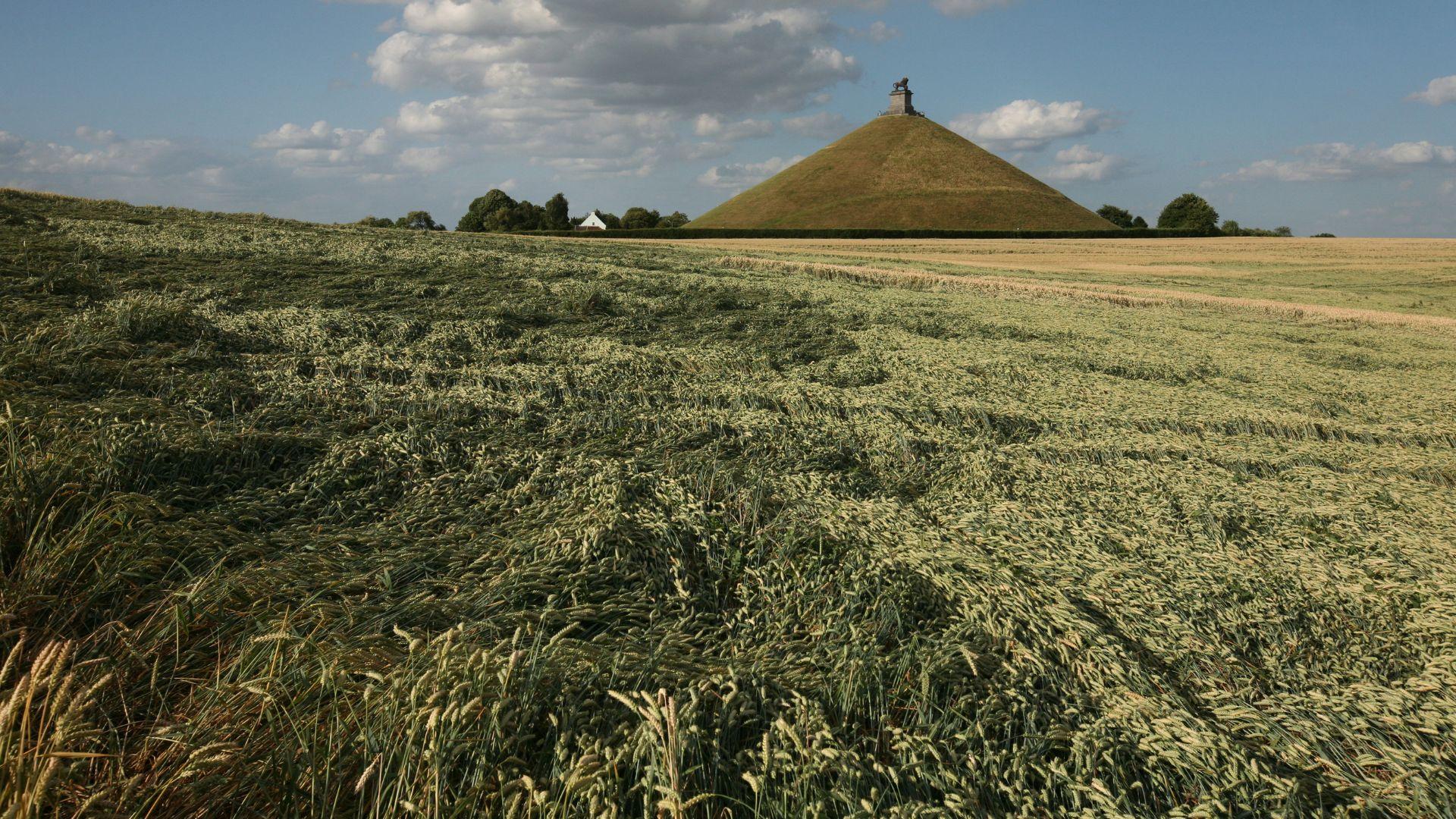
The Battle of Waterloo, fought on June 18, 1815, marked the final defeat of Napoleon Bonaparte and the end of his empire’s dominance in Europe. This decisive conflict pitted the French army under Napoleon against the Allied forces led by the Duke of Wellington and Prussian Field Marshal Gebhard von Blücher.
The battle’s outcome reshaped the political landscape of Europe, ushering in a period of relative peace and stability. It also cemented Wellington’s reputation as one of history’s greatest military commanders and became a symbol of British national pride. The battle’s impact on literature, art, and popular culture has ensured its place in the collective memory of nations for over two centuries.
Archaeological Techniques Used in Battlefield Excavations
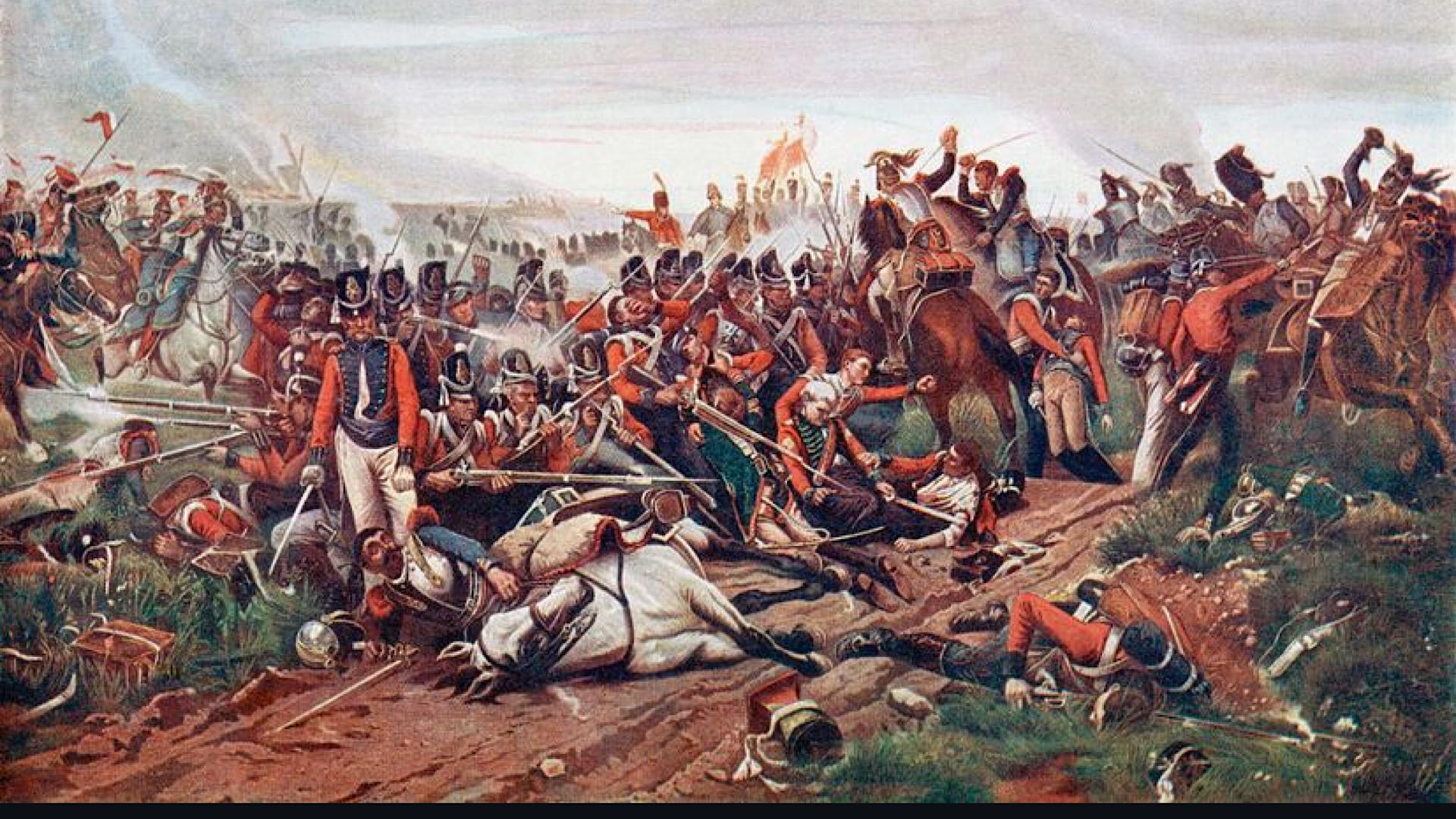
Modern battlefield archaeology employs a range of sophisticated techniques to uncover and interpret historical sites. These include geophysical surveys using ground-penetrating radar and magnetometry to identify subsurface anomalies without disturbing the soil. Once potential areas of interest are identified, controlled excavation techniques are used to carefully expose and document findings.
Forensic methods, such as osteological analysis and isotope testing, help researchers glean information about the individuals found on the battlefield. Additionally, advanced dating techniques and material analysis of artifacts provide crucial context for understanding the battle’s events and aftermath. The use of 3D modeling and virtual reality technologies allows for detailed reconstruction and visualization of the battlefield landscape.
The Mont-Saint-Jean Farm: From Field Hospital to Archaeological Treasure Trove
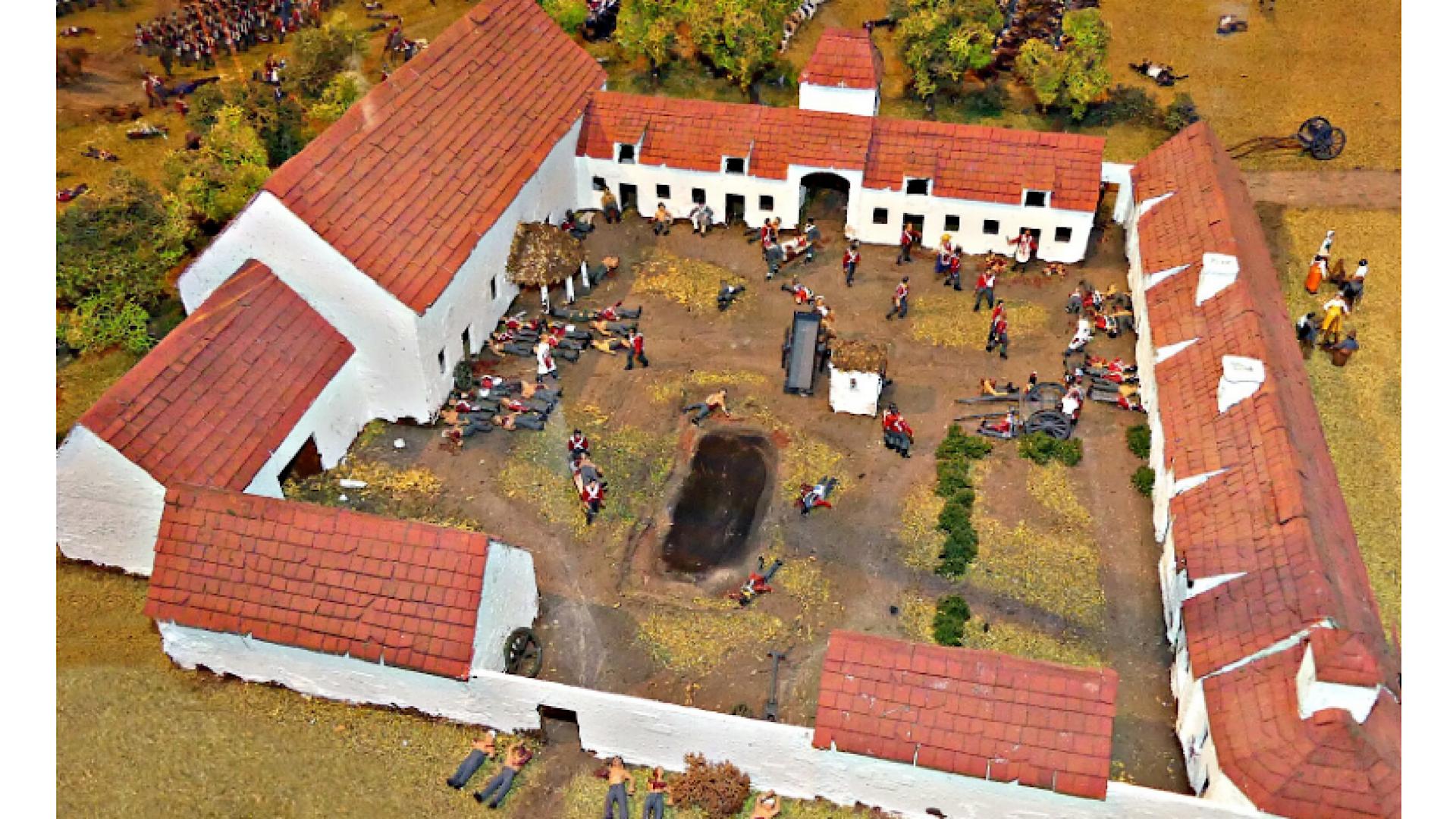
Mont-Saint-Jean Farm played a crucial role during the Battle of Waterloo as the main field hospital for Wellington’s Allied forces. Located just behind the front lines, it saw intense activity as surgeons worked tirelessly to treat the wounded and dying. The farm’s strategic importance made it a target for French artillery, adding to the chaos and suffering of those seeking medical attention.
Today, the farm has become an archaeological goldmine, offering unique insights into 19th-century battlefield medicine and the immediate aftermath of the conflict. Recent excavations have unearthed a wealth of artifacts, including surgical instruments, personal belongings of soldiers, and human remains. These findings provide a tangible connection to the past and offer new perspectives on the human cost of the battle.
The Mystery of the Missing 20,000: Theories and Historical Evidence
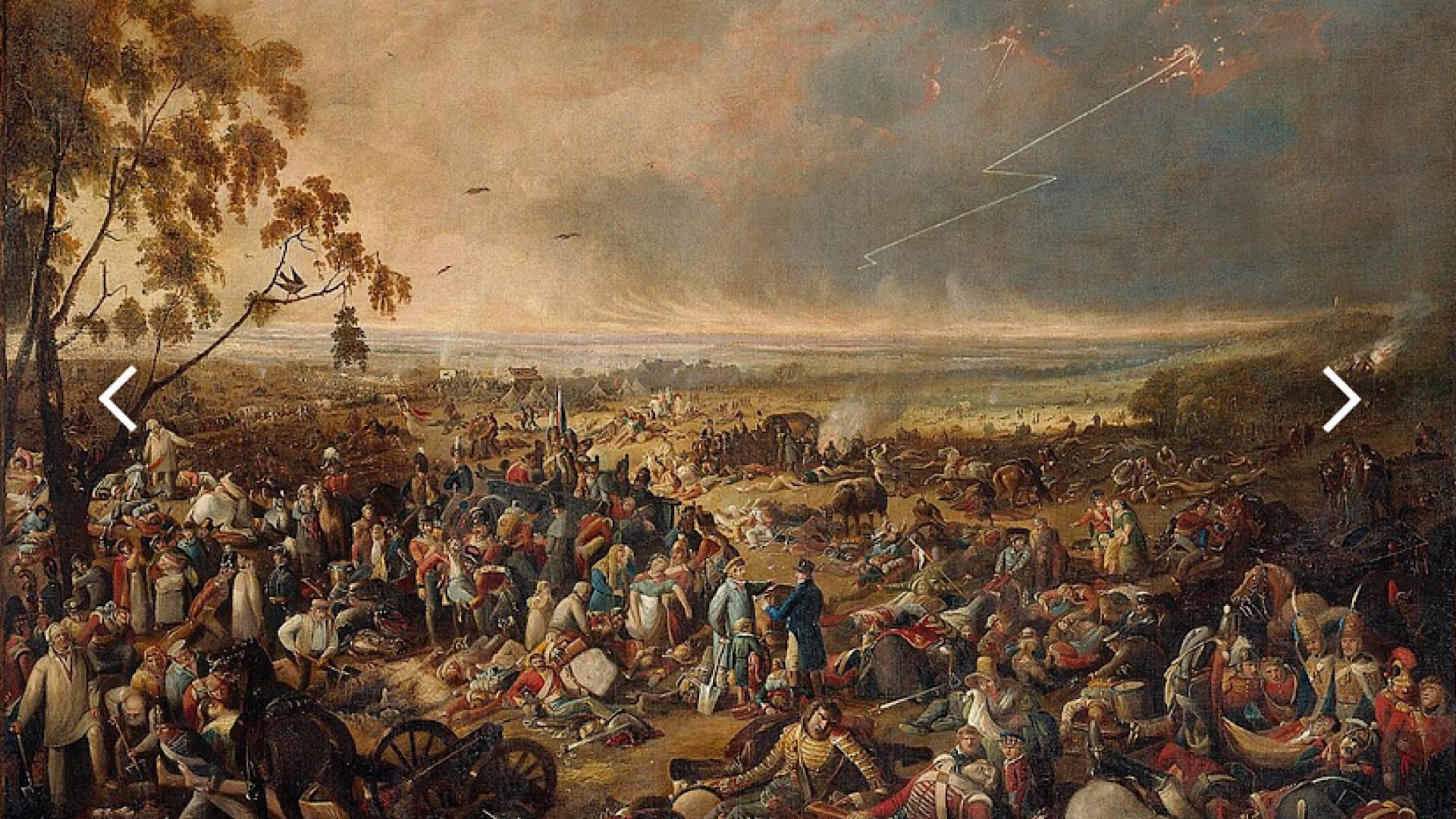
The fate of approximately 20,000 soldiers who died at Waterloo has long puzzled historians and researchers. Contemporary accounts suggest that in the days following the battle, many bodies were hastily buried in mass graves. However, subsequent reports indicate that these graves were later disturbed, with bones being exhumed for various purposes.
One prevalent theory, supported by historical evidence, suggests that many of the skeletons were ground down for use as fertilizer or in sugar production. This practice, while shocking by modern standards, was not uncommon in the 19th century. Other theories propose that some remains may have been scattered by scavengers or gradually dispersed through natural processes. The ongoing archaeological investigations aim to provide concrete evidence to support or refute these theories, potentially solving one of Waterloo’s enduring mysteries.
Waterloo Uncovered: The Charity’s Mission and Impact on Veterans

Waterloo Uncovered is a unique charity that combines archaeology with veteran support. Founded in 2015, the organization brings together professional archaeologists, historians, and military veterans to explore the Waterloo battlefield. This innovative approach not only advances our understanding of the battle but also provides valuable experiences for veterans.
The charity’s programs offer veterans opportunities to develop new skills, build confidence, and engage with history in a hands-on way. Participants learn archaeological techniques, work as part of a team, and contribute to significant historical research. For many veterans, this experience aids in their recovery from physical and psychological trauma, providing a sense of purpose and community while facilitating their transition to civilian life.
Ethical Considerations in Excavating War Graves
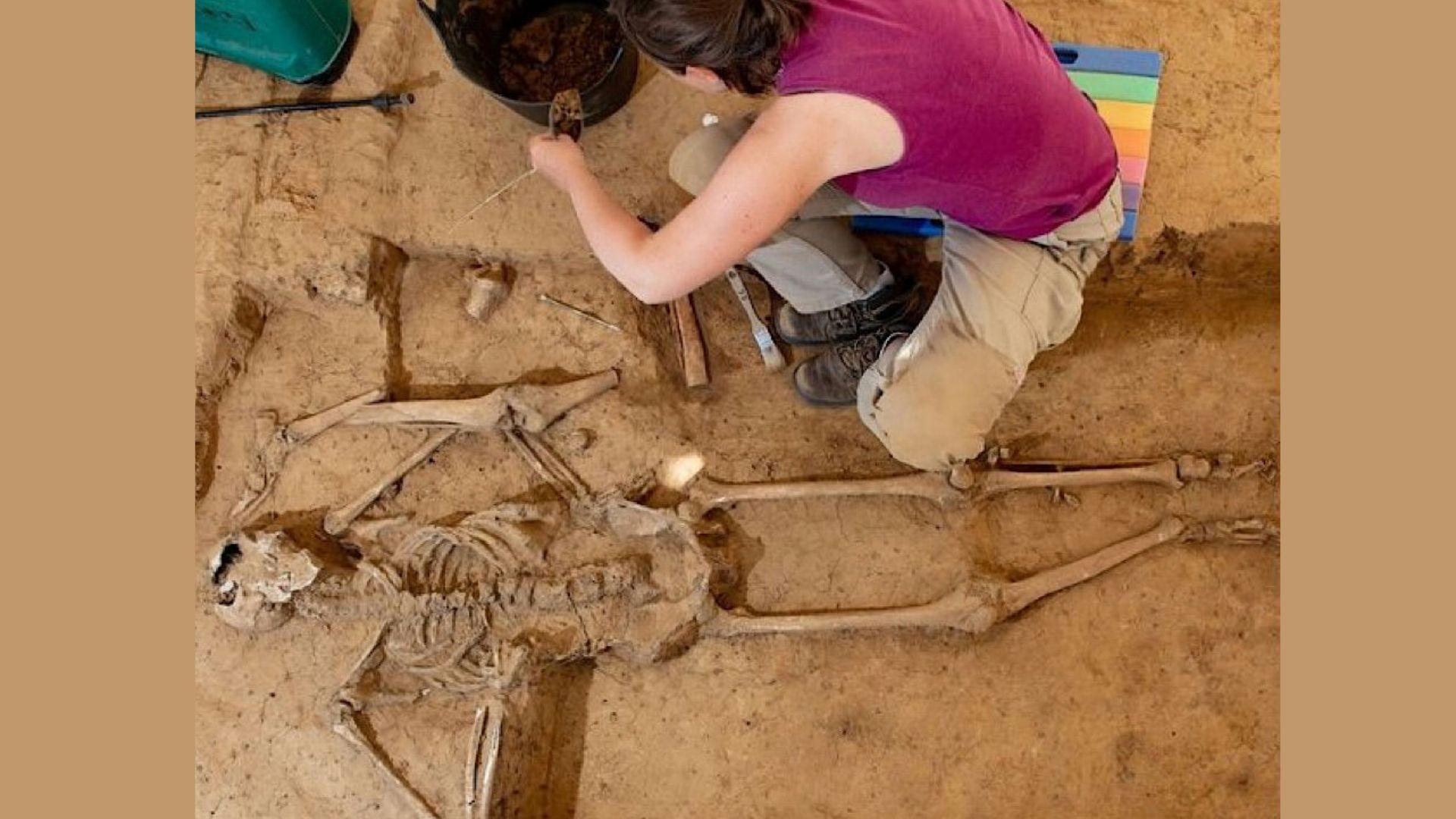
The excavation of war graves presents complex ethical challenges that archaeologists must carefully navigate. There’s a delicate balance between the pursuit of historical knowledge and the respectful treatment of human remains. Researchers must consider the cultural and religious beliefs surrounding death and burial, as well as the sensitivities of descendants and nations involved in the conflict.
Protocols for handling and studying human remains from war graves are strictly regulated in many countries. Archaeologists often work closely with government agencies, military organizations, and local communities to ensure that excavations are conducted with the utmost respect and sensitivity. The ultimate goal is to gain valuable historical insights while honoring the memory of those who lost their lives in battle.
The Role of Horses in 19th Century Warfare: Insights from Waterloo

Horses played a crucial role in 19th-century warfare, serving as both transportation and weapons of war. At Waterloo, cavalry charges were pivotal in several key moments of the battle. The discovery of horse skeletons alongside human remains at Mont-Saint-Jean farm provides tangible evidence of the close relationship between soldiers and their mounts.
These equine remains offer valuable insights into cavalry tactics, the care and management of horses in wartime, and the brutal realities faced by animals in battle. Analysis of the horse skeletons can reveal information about breeding practices, nutrition, and the types of injuries sustained during combat. This archaeological evidence complements historical accounts, providing a more comprehensive understanding of the role of horses in Napoleonic warfare.
Forensic Archaeology: Piecing Together the Lives of Waterloo’s Soldiers

Forensic archaeology applies scientific techniques to analyze human remains and artifacts found at archaeological sites. At Waterloo, these methods are helping researchers reconstruct the lives and deaths of individual soldiers. By examining bones, teeth, and personal effects, forensic archaeologists can determine age, sex, diet, and even the geographical origins of the fallen.
Advanced techniques such as stable isotope analysis and DNA testing offer even more detailed information. These methods can potentially identify specific individuals, trace family lineages, and provide insights into the health and living conditions of early 19th-century soldiers. Such personalized data brings a human dimension to the study of the battle, moving beyond statistics to tell the stories of those who fought and died at Waterloo.
The Legacy of Waterloo: How New Discoveries Shape Our Understanding of History
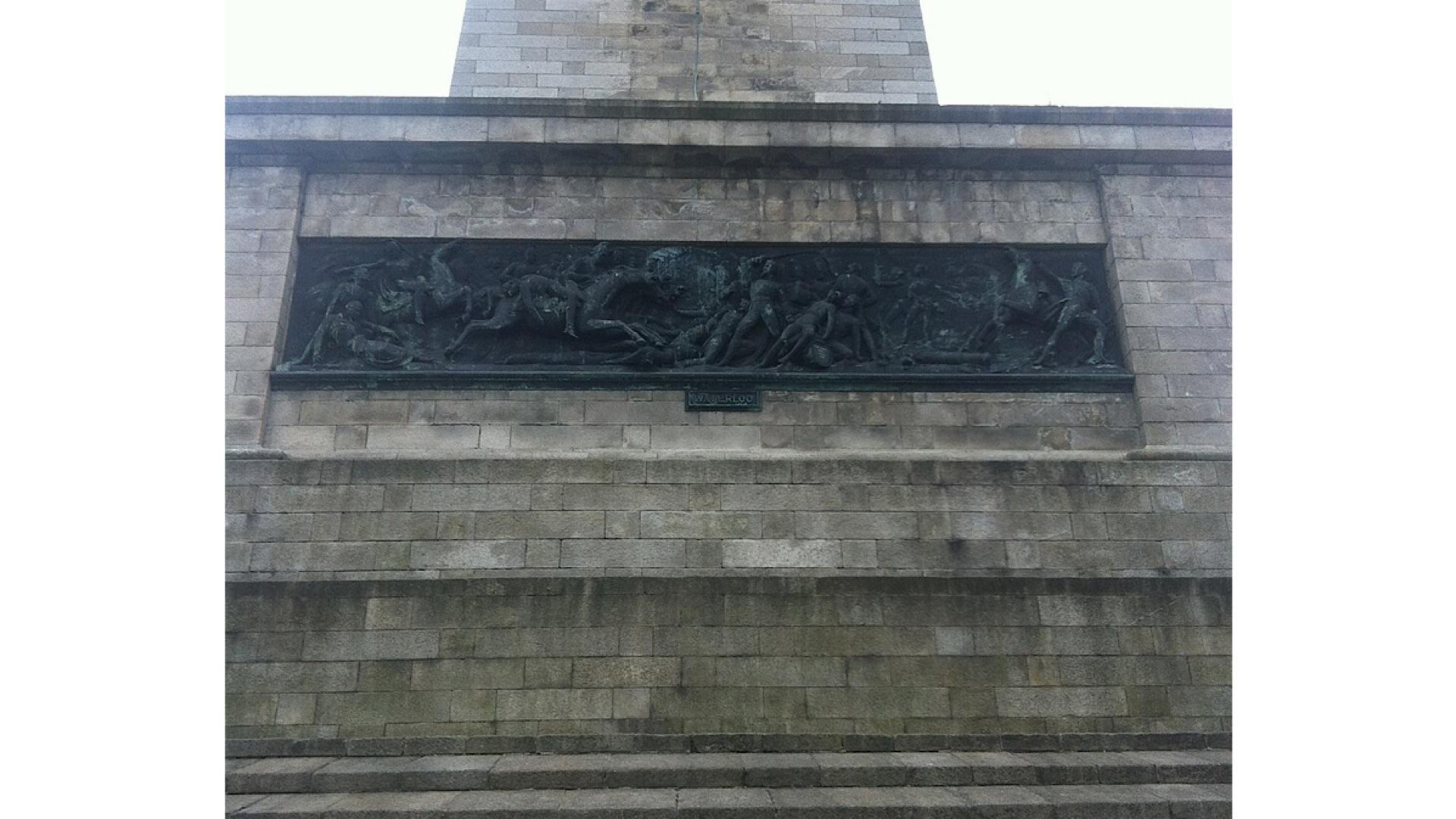
The ongoing archaeological work at Waterloo demonstrates how new discoveries can dramatically reshape our understanding of historical events. Each artifact unearthed and each skeleton analyzed provides fresh perspectives on the battle, its participants, and its aftermath. These findings often challenge long-held assumptions and fill gaps in the historical record.
Moreover, the application of modern scientific techniques to historical sites creates a bridge between past and present. It allows us to engage with history in new ways, making distant events more tangible and relatable. As research at Waterloo continues, it not only enhances our knowledge of this specific battle but also contributes to broader discussions about war, memory, and the interpretation of historical evidence.

